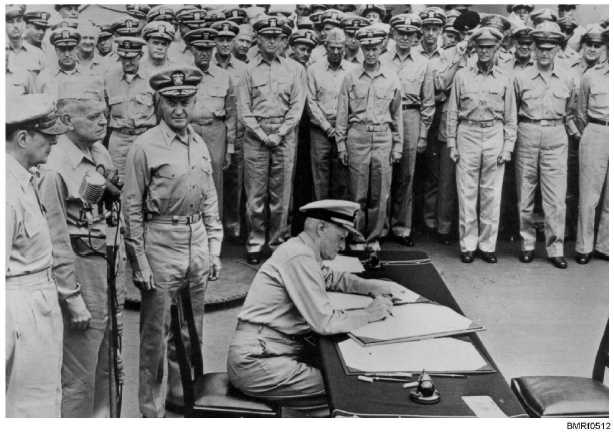ships and more than 200 combatants. Those vessels
represented 55 percent of the total Japanese tonnage
sunk in the war. For an island nation such as Japan, those
figures represented a fatal impact.
Radar and sonar came into full use during World
War II. The English used them initially to combat
German U-boats, but they were also incorporated into
the submarine as an attack aid. Sonar has become the
m o s t i m p o r t a n t o f t h e s u b m a r i n e ’s s e n s e s .
Hydrophones listen for sounds from other ships and the
echoes of sound waves transmitted from the submarine
itself.
Women in the Navy
Twenty-one years after the Yeomanette era,
women were needed to fill an acute shortage of
personnel caused by rapid expansion of the Navy for
World War II. On July 30, 1942, Congress authorized
establishment of the Women’s Reserve, with an
estimated goal of 10,000 enlisted women and 1,000
o ffi c e r s . T h i s n ew o rg a n i z a t i o n h a d c e r t a i n
congressional limitations. Women could not serve at
sea or outside the continental United States and could
not exercise military command over men. They could
not go beyond lieutenant commander on the pro-
motion ladder. On August 4, 1942, Mildred Helen
McAfee was sworn in as Lieutenant Commander, U.S.
Naval Reserve, to become Commander of the
Women’s Reserve.
A boot camp for women volunteers was established
at Hunter College in New York City. It was promptly
dubbed USS Hunter. Since basic training lasted from 6
to 8 weeks, every other week some 1,680 women
seamen had to be housed, fed, and uniformed. (The
housing was provided in 17 apartment buildings near
the college taken over by the Navy.)
At about the same time, three other schools were
commissioned in the Middle West to train enlisted
5-22
Student Notes:
Figure 5-12.—V-J Day aboard USSM
issouri
. Fleet Admiral Nimitz signs the Japanese surrender document on
2 September 1945.


